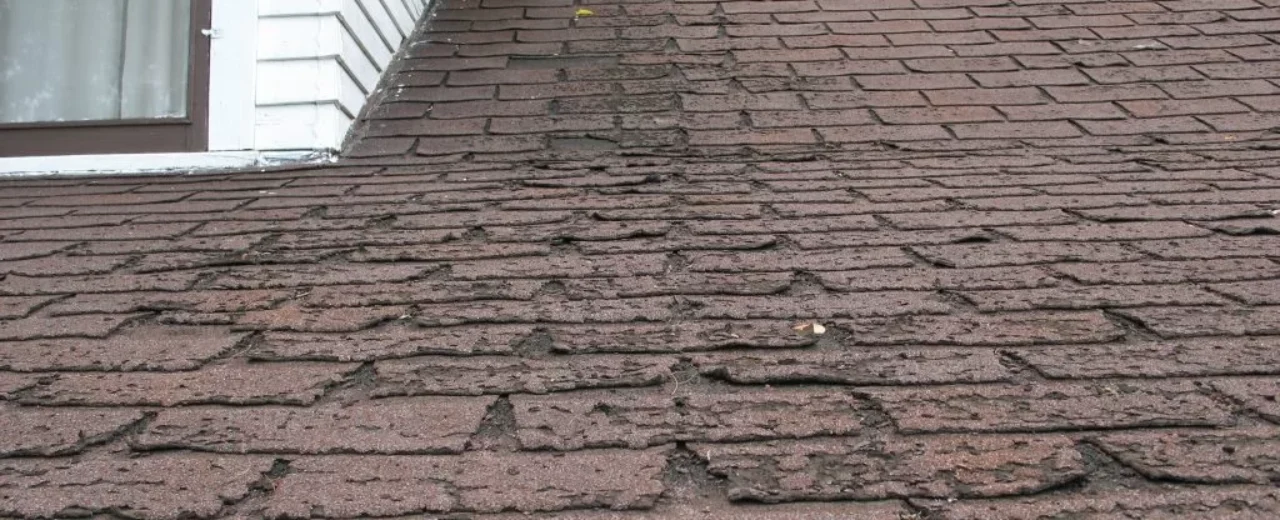How Long Should a Roof Last in the Mountain West?
If you own a home or business in the Mountain West—Colorado, Utah, Wyoming, Idaho, or Montana—you know that your roof takes a beating. The region’s extreme weather conditions, including heavy snowfall, high winds, hail, and intense UV exposure at high elevations, can significantly impact a roof’s lifespan. Choosing the type of roofing material is crucial in determining how long your roof will last. Let’s break down the expected lifespan of various roofing materials and how the Mountain West’s climate affects them.
1. Asphalt Shingles (15-30 Years)
Asphalt shingles are the most common roofing material due to their affordability and ease of installation. However, in the Mountain West, their lifespan can be on the shorter end of the spectrum due to:
- Heavy snow loads can cause warping or ice dams.
- Hail damage, which can crack or dent shingles.
- UV exposure, which accelerates deterioration at higher elevations.
To extend the life of an asphalt shingle roof, homeowners should invest in impact-resistant shingles (Class 4-rated) and ensure proper attic ventilation to prevent ice damming.
2. Metal Roofing (40-70 Years)
Metal roofs are an excellent choice for Mountain West homeowners because they offer superior durability against extreme weather. Benefits include:
- Resistance to heavy snow and ice—snow slides off easily, reducing the risk of roof collapse.
- Excellent hail resistance, especially with thicker gauge metal.
- High wind resistance, making them ideal for gusty mountain areas.
- Fire resistance is essential in wildfire-prone regions.
A properly installed standing seam metal roof can last 50+ years, making it an excellent long-term investment.
3. Wood Shakes/Shingles (20-40 Years)
Cedar shakes are often chosen for their natural beauty and insulation properties. Still, they come with challenges in the Mountain West:
- Vulnerability to moisture can lead to rot, mold, and warping due to frequent snowmelt and rain.
- Fire hazards, unless treated with fire-resistant coatings.
- Susceptibility to wind and hail damage, leading to premature wear.
Regular maintenance, including resealing and replacing damaged shakes, can help extend their lifespan.
4. Slate Roofing (50-100+ Years)
Slate is one of the most durable roofing materials available. In the Mountain West, a properly installed slate roof can last over a century due to:
- Exceptional resistance to hail, snow, and fire.
- Minimal maintenance needs compared to other materials.
- Heaviness, which helps it withstand high winds but requires reinforced roof framing.
Though costly upfront, slate roofing is a long-term investment that adds value and durability.
5. Synthetic Roofing (30-50 Years)
Many homeowners consider synthetic options like composite shingles, rubber roofing, or polymer-based materials. These roofs mimic the look of slate or wood while offering:
- Better impact resistance against hail.
- Lower weight, reducing structural concerns.
- UV resistance is ideal for high-altitude areas.
Synthetic roofs provide an outstanding balance of durability, longevity, and cost-effectiveness.
Final Thoughts: Choosing the Right Roof for Mountain West Living
Your roof’s longevity in the Mountain West depends on material choice, installation quality, and regular maintenance. While asphalt shingles may be the most budget-friendly option, investing in metal, slate, or synthetic materials can offer longer-lasting protection against the region’s extreme weather. Choosing a durable, impact-resistant roofing material will save you money and headaches in the long run if you live in a high-elevation area with frequent snow, high winds, and hailstorms.


